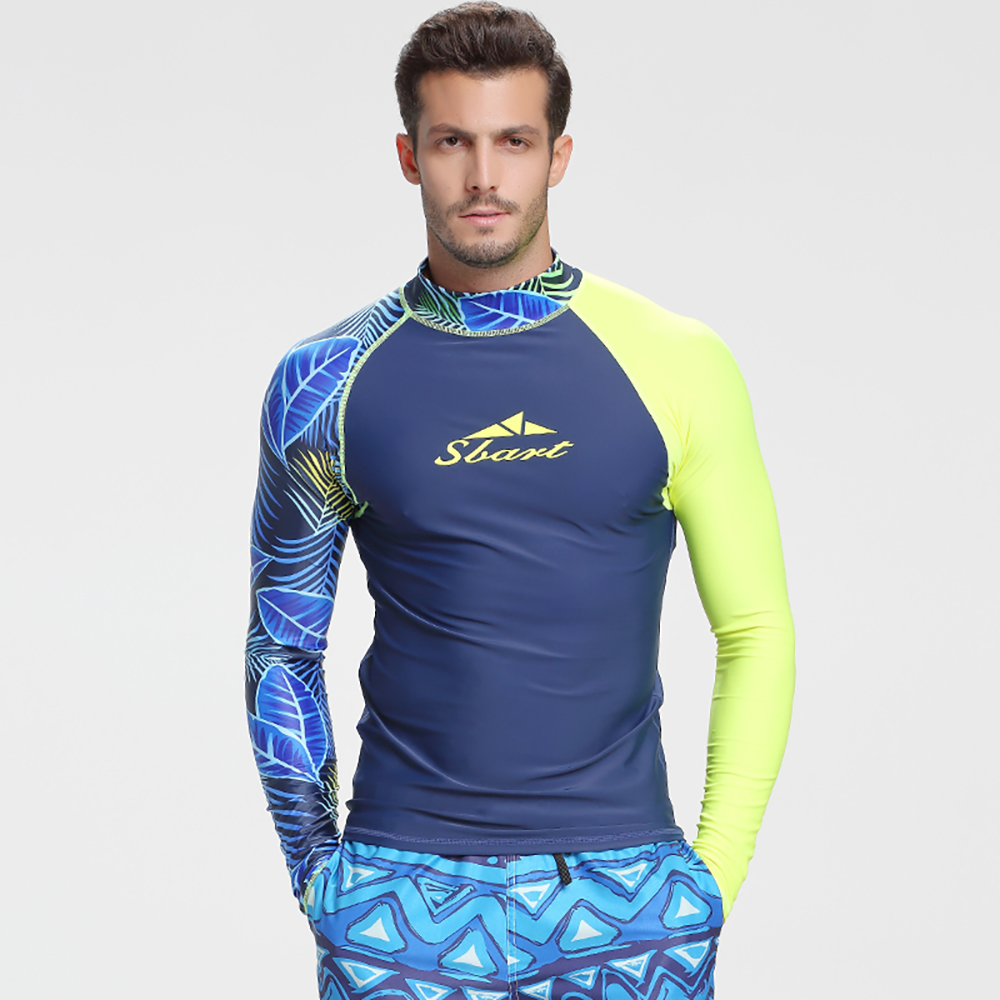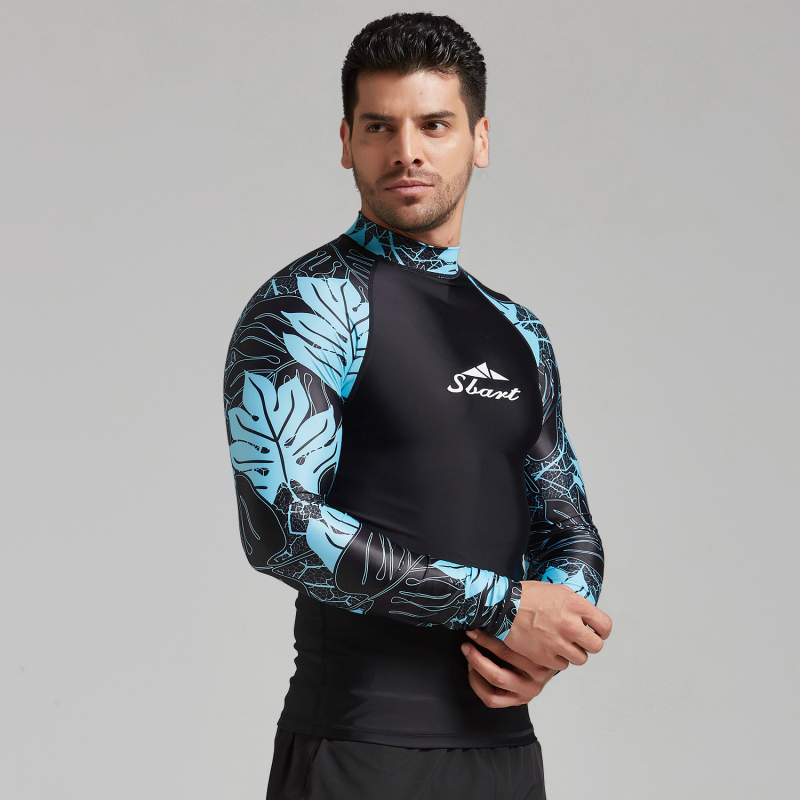5 Key Features to Look for in Performance Swimwear
Performance swimwear is essential for competitive swimmers, triathletes, or anyone serious about swimming. It’s not just about looking good—it’s about improving speed, reducing drag, and enhancing comfort in the water. Whether you're a business selling performance swimwear or an athlete looking to upgrade your gear, understanding the key features of high-performance swimwear will help you make the best choice.
In this blog, we’ll break down the five essential features every performance swimmer should consider when choosing their swimwear.
1. Hydrodynamic Design: Minimizing Drag
1.1. Streamlined Fit
One of the most important features of performance swimwear is its ability to minimize drag. Drag is the resistance swimmers experience as they move through water, and reducing it is key to improving speed. A streamlined fit ensures that the swimmer’s body moves smoothly through the water without resistance.
- Compression: Performance swimwear often incorporates compression technology, which not only reduces drag but also supports key muscle groups. This compression can help to enhance circulation and reduce fatigue, allowing swimmers to maintain peak performance for longer periods.
- Body-Mapping Design: Many performance swimsuits feature body-mapping designs, which are tailored to the swimmer's body, reducing excess fabric and ensuring a tight, hydrodynamic fit.
2. Fabric Technology: Speed and Durability
2.1. High-Tech Fabrics
Performance swimwear is made from advanced fabrics that are designed to offer speed, durability, and comfort. These fabrics help swimmers glide through water with minimal resistance.
- Lycra/Spandex Blends: These materials are commonly used for their elasticity and ability to retain shape. They allow freedom of movement and help maintain the suit’s snug fit.
- Slick and Water-Repellent Finishes: Some high-performance swimwear is treated with water-repellent coatings to further reduce drag. These finishes prevent the suit from absorbing too much water, helping swimmers glide faster.
2.2. Chlorine Resistance
Swimwear used in competitive environments must be durable enough to withstand prolonged exposure to chlorine. Chlorine-resistant fabrics prevent the suit from breaking down, fading, or losing elasticity over time, which is essential for longevity in training and competition.
3. Comfortable Fit: Freedom to Move
3.1. Four-Way Stretch
Performance swimwear should have the ability to stretch in all directions without losing its shape. Four-way stretch fabrics offer ultimate comfort and allow for a wide range of motion, ensuring that swimmers can execute powerful strokes without restriction.
3.2. Seamless Construction
Swimwear with seamless or flatlock stitching reduces friction and irritation, particularly during long training sessions or races. Minimizing chafing is important for maintaining comfort, especially for swimmers who log hours in the pool.
4. Compression Technology: Muscle Support
4.1. Muscle Compression
Compression in performance swimwear is not just about reducing drag—it’s also about providing support to the muscles. Swimsuits with targeted compression zones help support the core and leg muscles, reducing muscle fatigue and improving overall performance.
- Reduced Muscle Oscillation: Compression helps reduce muscle oscillation (the movement of muscles during swimming), which can result in fatigue. By stabilizing muscles, swimmers experience less vibration and improved efficiency.
5. Strategic Coverage and Design: Balance Between Flexibility and Coverage
5.1. Cut and Coverage
Performance swimwear is available in different cuts and designs to meet the needs of various swimmers. The right balance of coverage and flexibility ensures maximum performance in the water.
- Fewer Seams: Fewer seams generally lead to less drag, which is why many top-tier swimsuits are designed with minimal stitching, creating a smoother surface.
- Strategic Cutouts: For enhanced mobility, many performance swimsuits feature strategic cutouts that reduce material bulk while providing the swimmer with the support they need in key areas, such as the back or thighs.
- Full Coverage vs. Minimalist Designs: Some swimmers prefer full coverage for additional support, while others may choose a more minimalist design for a greater range of motion.
Conclusion: Choosing the Best Performance Swimwear
When it comes to performance swimwear, choosing the right suit is crucial for improving both speed and comfort. A combination of streamlined design, advanced fabrics, compression technology, and a comfortable fit ensures swimmers can perform at their best. For B2B businesses in the swimwear industry, offering a range of high-performance swimwear that emphasizes these key features will attract athletes looking to boost their competitive edge.
Whether you're competing in a high-stakes race or training for your next triathlon, the right performance swimwear can make a significant difference in your results.
Related_News
-

How to Choose Durable Rash Guards for Your Fitness Brand: Ultimate Guide
-

Elevate Your Business with Customizable and High-Quality B2B Yoga Wear
-

Top 10 Rash Guards for Men, Women, and Kids in 2025: Featuring SBART’s Best Options for Water Sports
-

What to Wear to a Yoga Class: A Guide to Comfy and Functional Yoga Clothes Featuring SBART
-

Elevate Your Business with Customizable and High-Quality B2B Yoga Wear by SBART
SUBSCRIBE
INQUIRY





_y8CdRpHR.png)